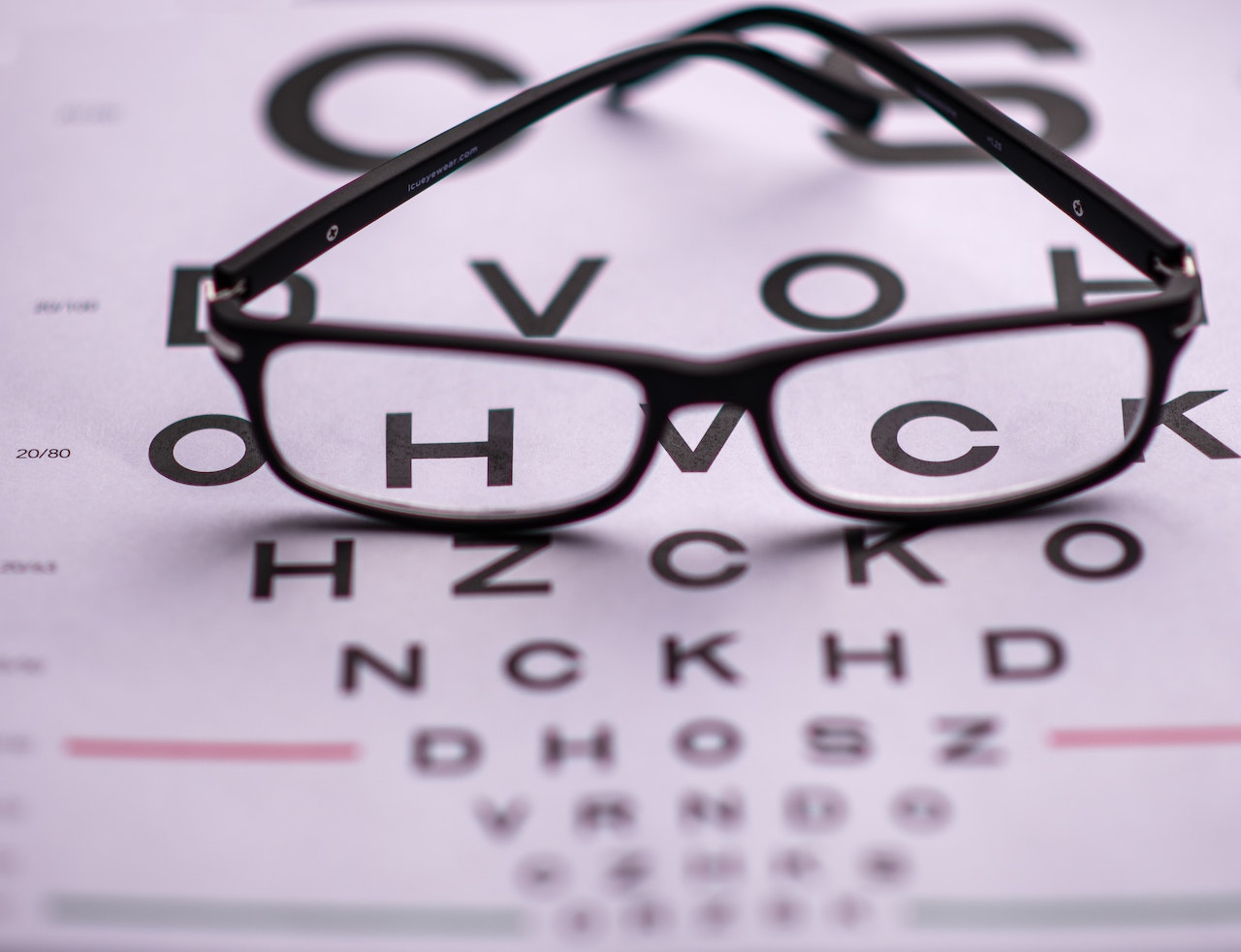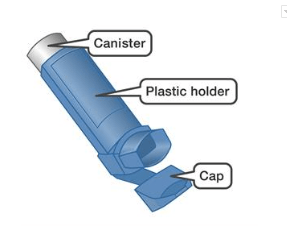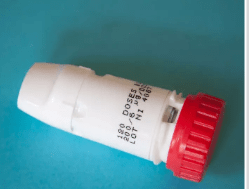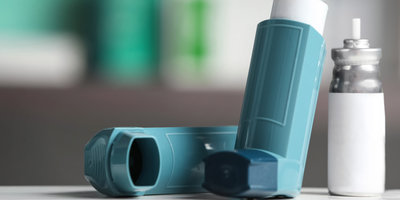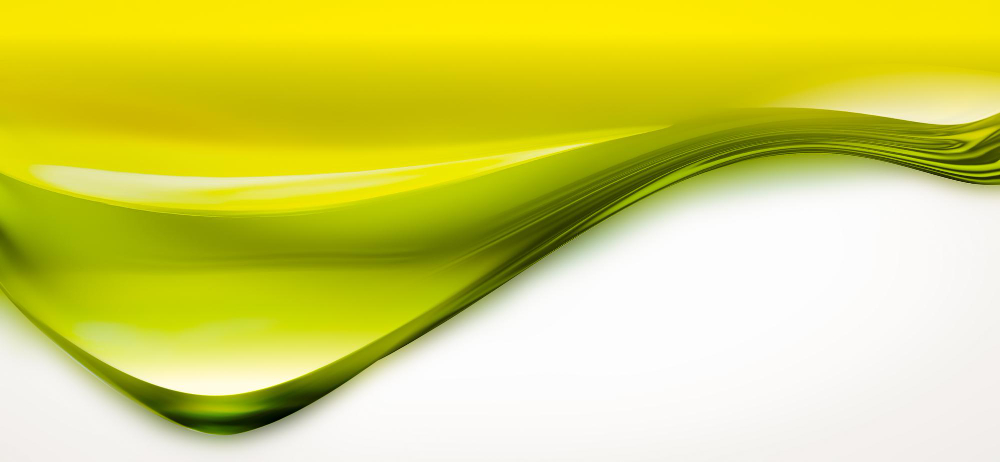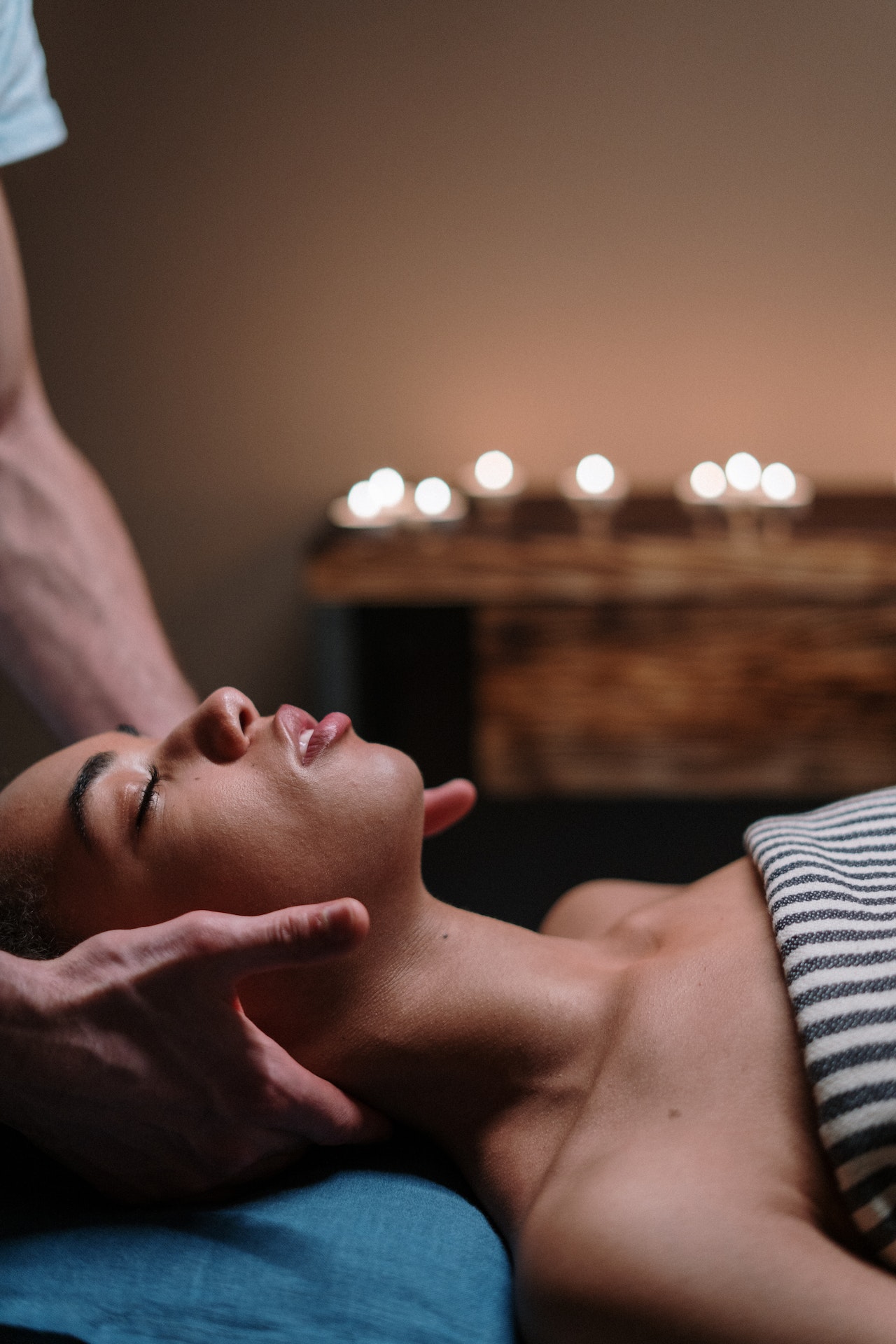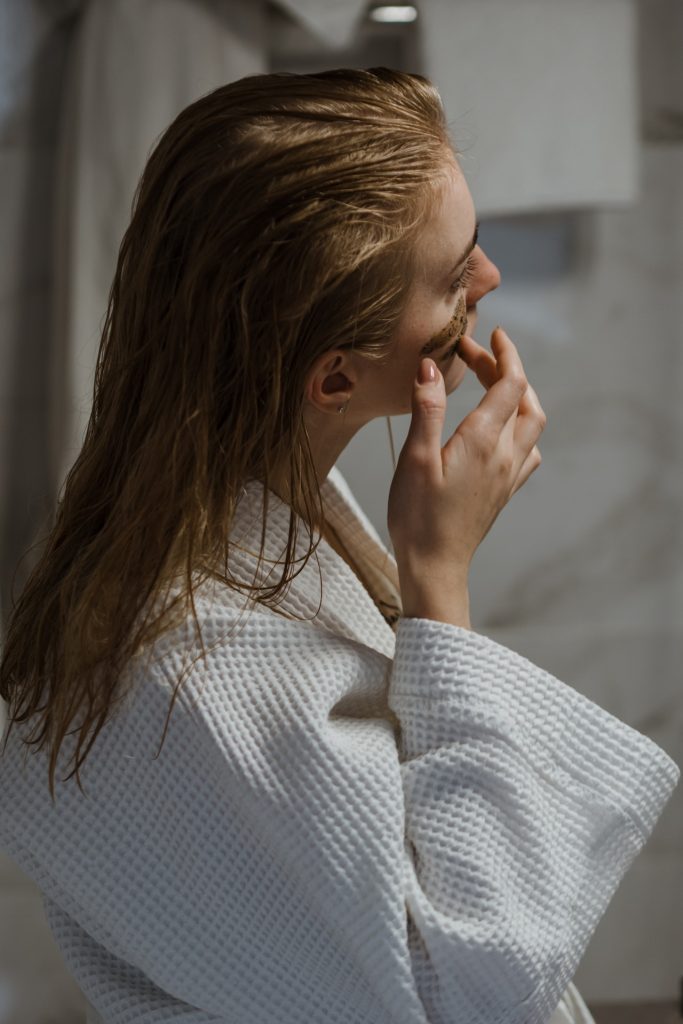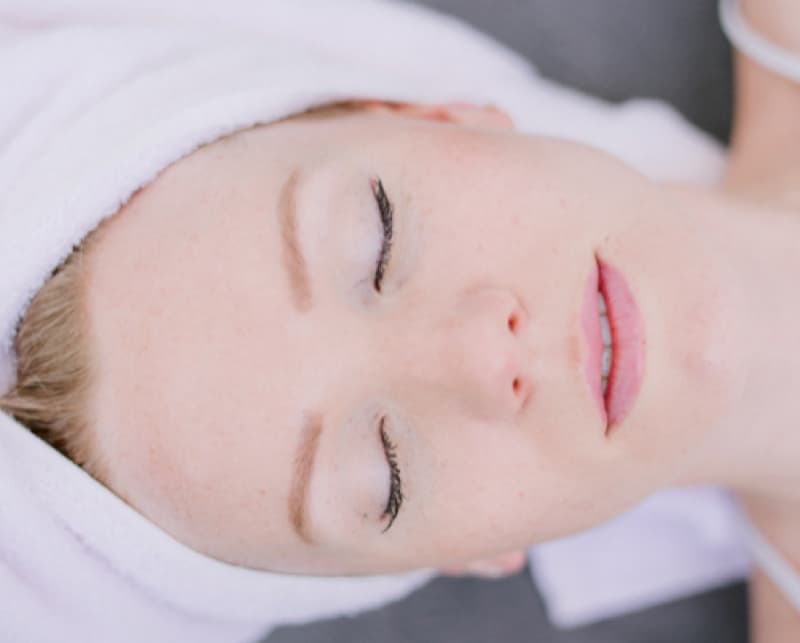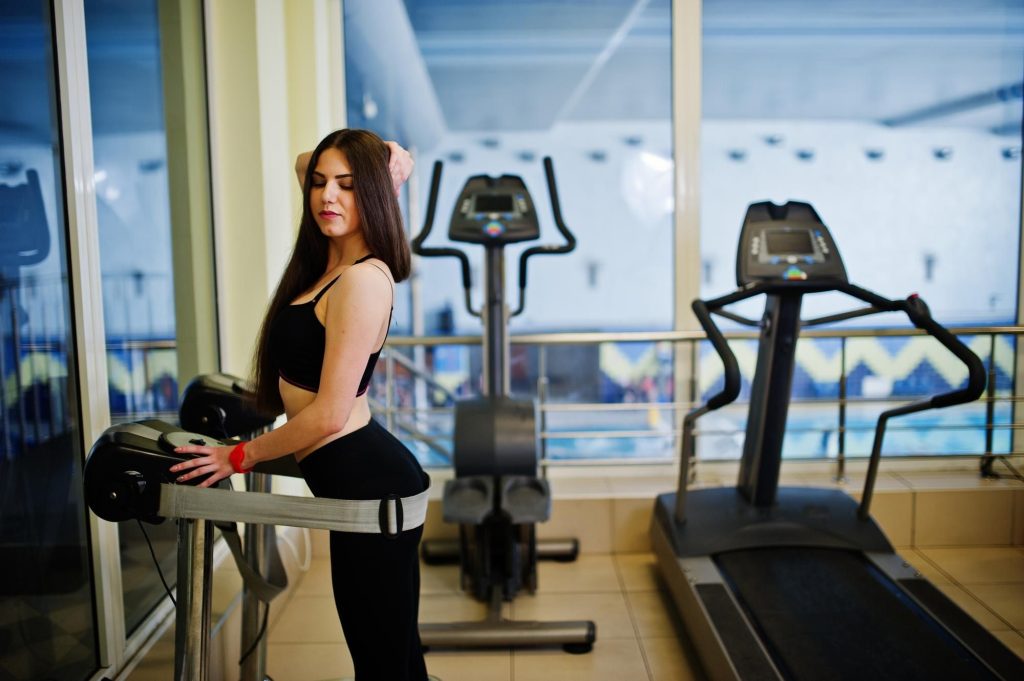One of the most important things you can do for your health is to protect your eyesight. Not only are eyesight and health related, but they are also linked to nearly every other aspect of your life. Not protecting your eyesight can lead to serious consequences such as: decreased productivity, difficulty reading, poor vision in low-light environments, and more. In this blog post, we will explore some of the ways you can protect your eyesight and keep them healthy for years to come. From glasses to sunglasses, learn how to make the most of your vision and stay safe from eye injury.
Read More : How rare are Sanpaku Eyes
The Basics of Eye Health
There are a few basics you can do to protect your eyesight and keep your vision healthy. Be sure to get regular eye exams, wear sunglasses when the sun is brightest, and avoid being in direct sunlight for long periods of time.
Get Regular Eye Exams: A regular eye exam can detect early signs of eye disease and help you maintain good eye health.
Wear Sunglasses When the Sun Is Bright: Wear sunglasses whenever the sun is shining brightly, even if you don’t have to be outside. Even a small amount of UV radiation can damage your eyes.
Avoid Being in Direct Sunlight for Long Periods of Time: Don’t spend too much time in the sun; limit your exposure to direct sunlight to no more than two hours per day.
The Effects of Environmental Damage on your Eyes
Environmental damage can have a negative impact on your eyes and vision. The chemicals in pollutants can injure the cells that make up your eye’s retina, which can lead to permanent loss of vision. Pollution also can cause inflammation and other problems that can lead to more serious vision problems. To protect your eyes, it’s important to stay informed about how environmental damage affects your vision and take steps to protect yourself from exposure.
Environmental damage can have a number of harmful effects on your eyes, including:
-Reduced vision due to dryness or inflammation
-Blurred or cloudy vision
-Eye fatigue and headaches
-The development of cataracts or other eye conditions
If you experience any of these symptoms, consult your doctor immediately. In the meantime, there are a few simple things you can do to protect your eyes from environmental damage:
1. Drink plenty of fluids – Keep your body hydrated by drinking plenty of fluids throughout the day. This will help reduce the build-up of mucous in your nose and throat, which can lead to congestion and problems with vision. Make sure to drink enough water especially if you’re working outdoors in hot weather conditions.
2. Avoid smoking – Smoking is one of the leading causes of blindness in adults worldwide. If you smoke, make a commitment to quit and talk to your doctor about how quitting could improve your overall health.
Also Check it : Celebrities with Sanpaku Eyes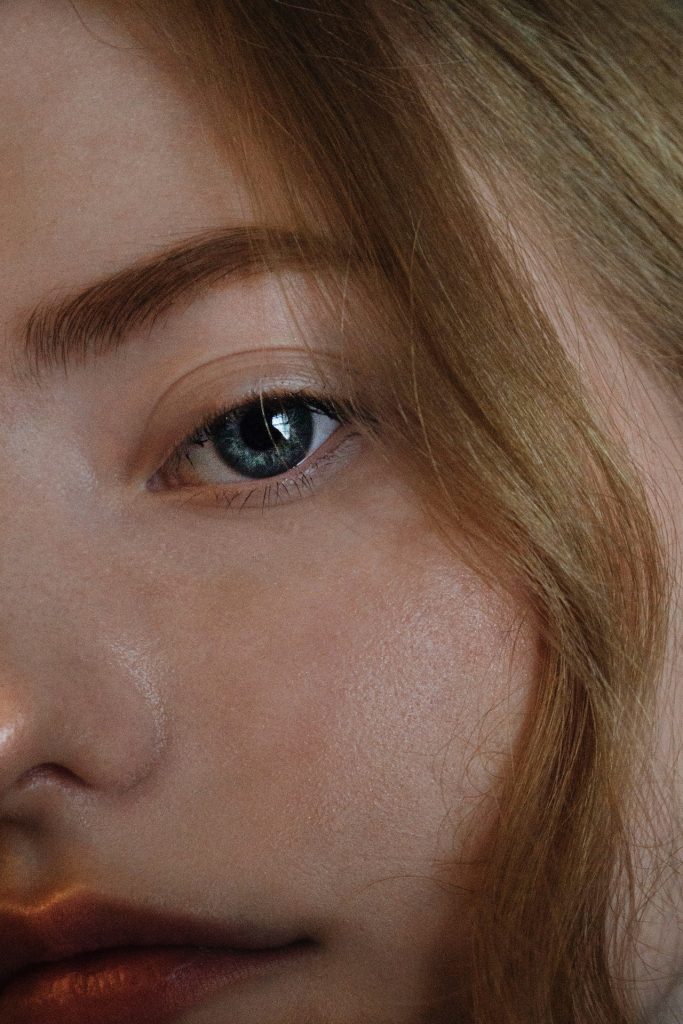
How to Protect Your Eyes from Sunlight
If you’re spending lots of time outside, you may want to protect your eyes from the sun’s harmful radiation. Here are a few simple tips to keep your vision safe:
1. Wear Sunglasses: When it comes to eye protection, sunglasses are key. They block out 97% of sunlight and can help prevent blindness in people who are susceptible to its effects. Make sure the sunglasses you buy are labeled “Sunglasses for Daytime Use.”
2. Apply Sunscreen: Another way to protect your eyes from the sun is by using sunscreen. Sunscreen helps reduce the amount of UV radiation that reaches your eyes, which is important because exposure to UV radiation can damage your eyesight over time. Look for sunscreen with an SPF rating of 30 or higher.
3. Avoid Direct Sunlight: If you can’t wear sunglasses or use sunscreen, make sure you avoid being in direct sunlight as much as possible. The brighter the light, the more damaging it is to your eyesight. Try to stay in shaded areas or find other ways to reduce your exposure to sunlight, such as wearing a hat or carrying an umbrella when outdoors.
How to Protect Your Eyes from Dust and Dirt
If you are a regular outdoors person, it’s important to take some preventive steps to protect your eyes from dust and dirt. Here are a few tips:
Wash your hands often. Not only will this keep the dirt and dust off of your skin, but it will also wash away any oils that could cause irritation or infection in your eyes.
Use protective eyewear when working outside. Hats, sunglasses, and other forms of eye protection can help minimize the amount of dust and dirt that gets into your eyes. Keep them in good condition by cleaning and replacing them as needed.
Avoid contact with plants and trees. These natural sources of pollen can cause allergic reactions in some people, including those with sensitive eyes.
Also Read : What Causes Sanpaku Eyes
How to Protect Your Eyes from Preexisting Eye Conditions
If you have preexisting eye conditions, you should take steps to protect your eyes. Here are some tips:
Wear protective glasses if you are near water or other sources of exposure to water, such as in a pool or on the beach. This is especially important if you have dry eye syndrome.
When using artificial light at night, use a sleep mask or sunglasses to protect your eyes from bright light.
Avoid contact sports and activities that could result in injury to your eyes, such as boxing and wrestling. These activities can increase your risk for developing glaucoma or othereye conditions.
